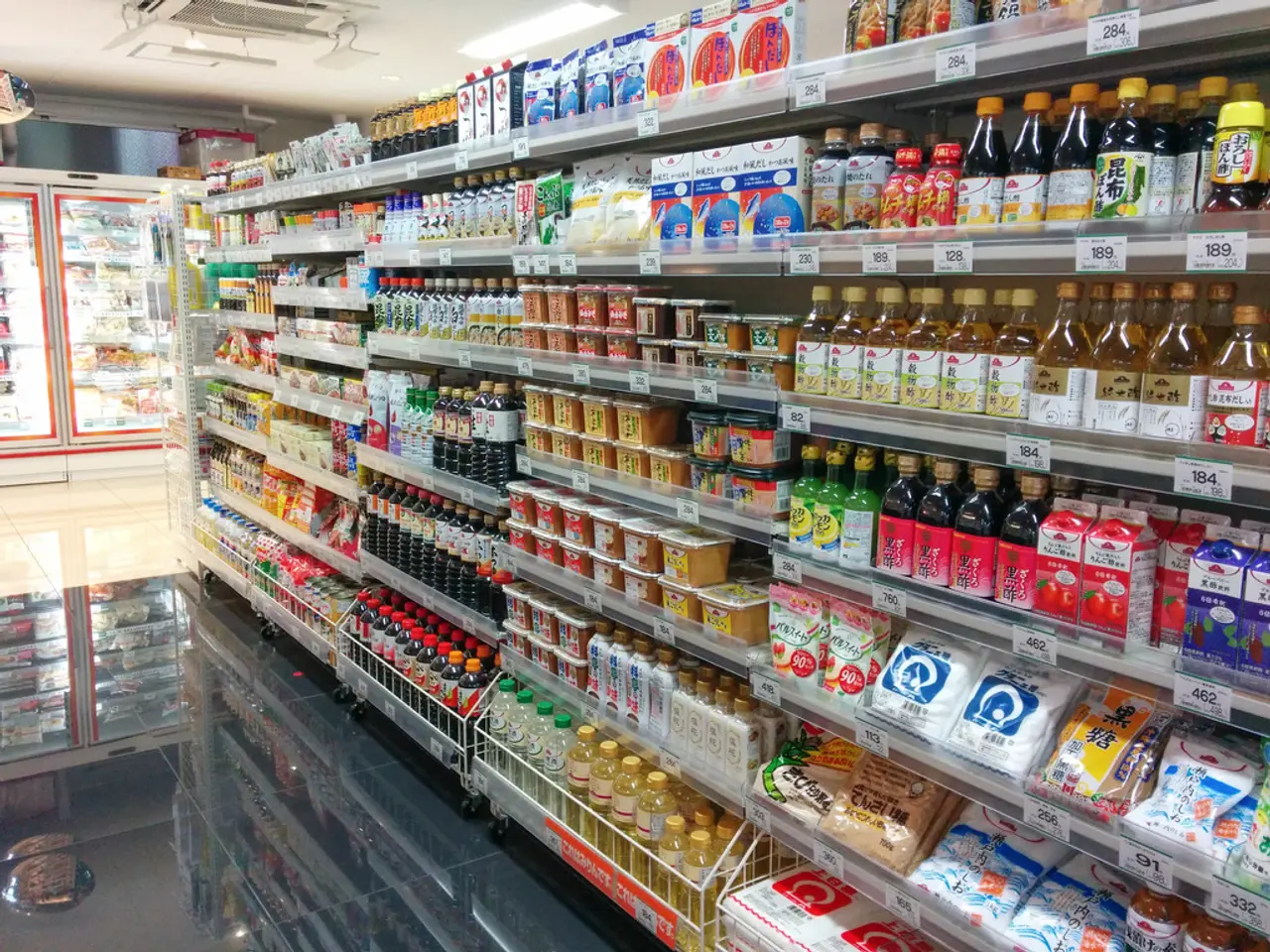Impact of Parallel Exchange Rates on International Money Transfers or Remittances
In countries grappling with economic instability or currency controls, unofficial exchange rates often provide a more favourable rate for remittance receivers than the official rates offered by banks or formal financial institutions. This trend is evident in countries such as Syria, South Sudan, Myanmar, Nigeria, Argentina, Venezuela, and Sri Lanka.
Economic conditions in these countries suggest similar patterns. For instance, Syria and South Sudan, both affected by conflict and economic sanctions, tend to have large foreign exchange rate gaps, pushing remittances through unofficial channels. Similarly, Venezuela faces severe hyperinflation and currency control, causing wide discrepancies between official and black-market exchange rates, heavily impacting remittance value.
Nigeria and Argentina have had historical episodes of currency control and multiple exchange rates, creating parallel markets with different remittance rates. Myanmar's restrictive foreign exchange policies also often drive remittance flows through informal channels. In Sri Lanka, dual citizenship provisions and economic challenges can cause differences between official bank rates and unofficial market rates for foreign exchange.
The use of informal channels like hundi or hawala dominates when official sectors cannot offer competitive rates or when official foreign exchange liquidity is low. In Bangladesh, nearly 49% of remittances flow through such unofficial channels due to these rate differences.
The comparison between official and unofficial remittance rates is crucial to understand. The unofficial remittance rates are generally more advantageous for recipients than the official rates, which encourages a significant share of remittance flows to bypass formal financial channels. The size of the gap varies by country but can be substantial (from a few percent to over 9-10%). This trend leads to billions of dollars moving outside official banking systems, impacting government foreign exchange reserves and financial sector stability.
However, the specific detailed official vs. unofficial remittance rate data for all the countries mentioned in this article was not found in the sources. Nevertheless, the underlying economic and regulatory conditions imply this trend is common across the countries listed. It is essential to monitor these discrepancies to ensure financial stability and support for remittance recipients in these challenging economic environments.
In countries such as Syria and South Sudan, the large foreign exchange rate gaps due to conflict and economic sanctions often drive remittances through unofficial channels, offering more advantageous rates than formal financial institutions. Similarly, Argentina and Nigeria, both with historical episodes of currency control and multiple exchange rates, see a significant share of remittance flows bypass formal financial channels due to competitive unofficial rates.




